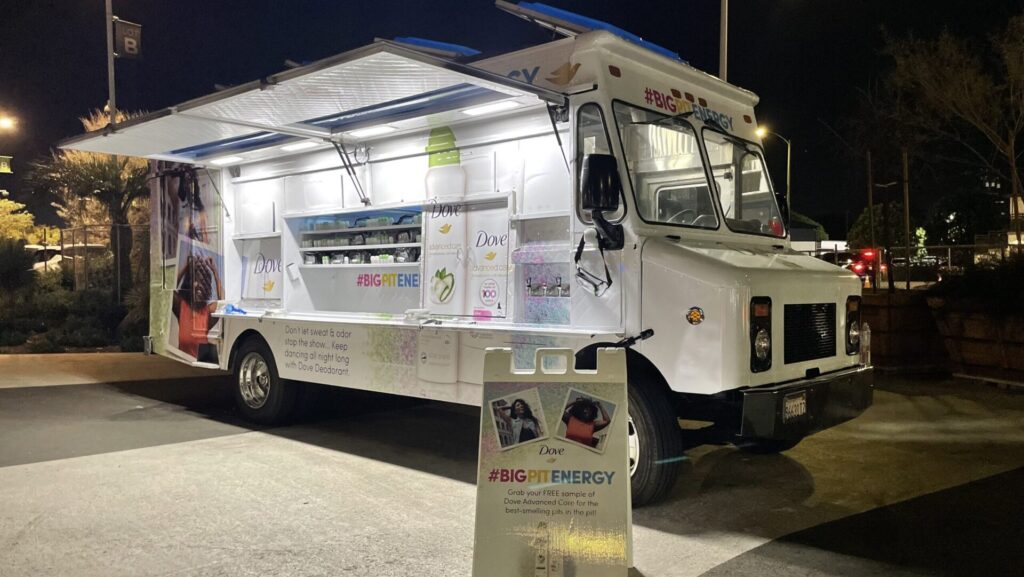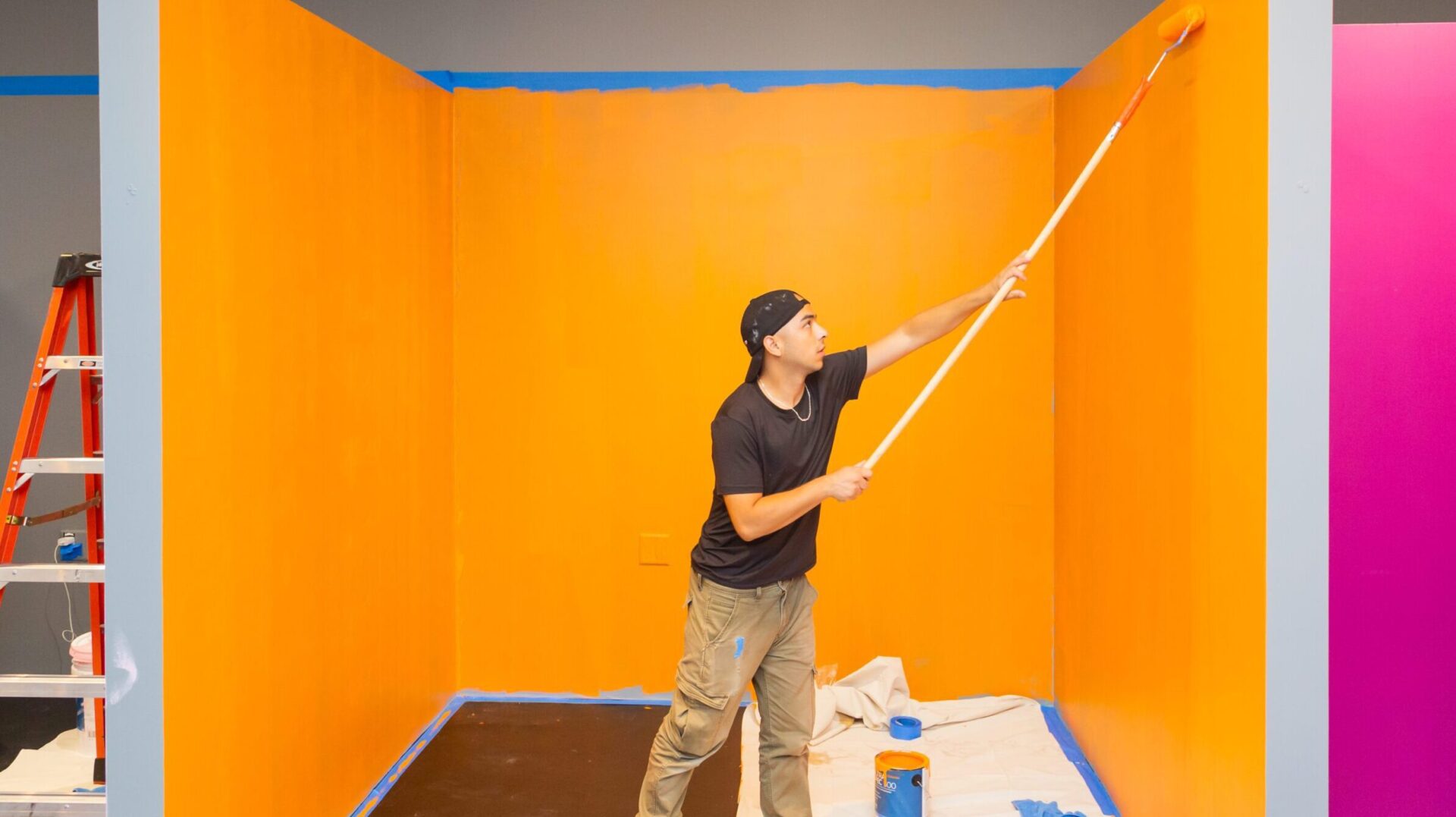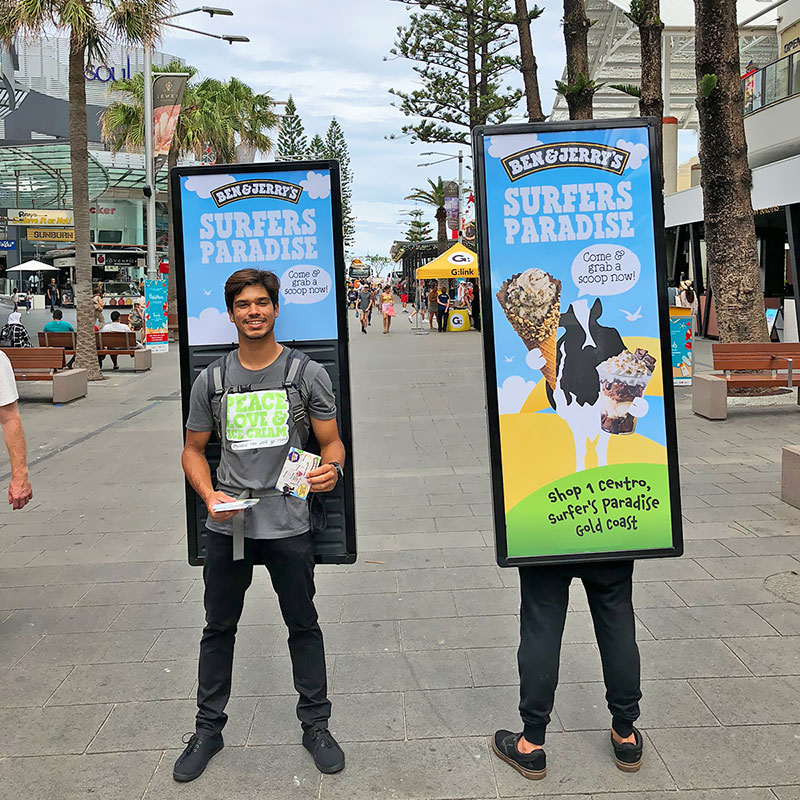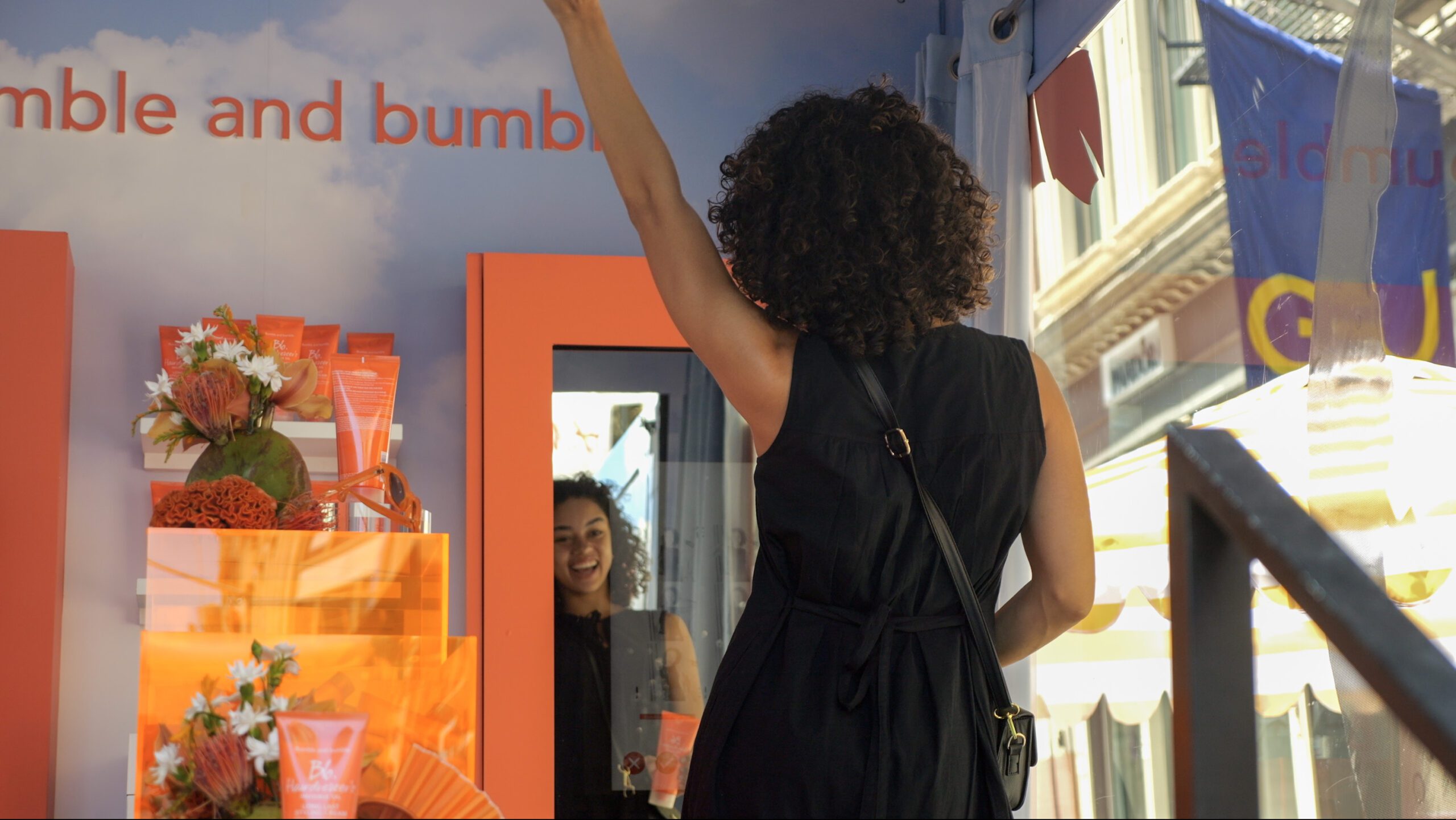
- Social Media
How Hashtags Boost Brand Awareness at Experiential Events
Hashtags first rolled out on Twitter/X over 15 years ago, and though their popularity has risen and fallen over the years, they remain a powerful tool for promoting your brand. Whether you deploy 3 or 30 of them, hashtags are one of the best ways to increase visibility for your posts — and a hashtag campaign is a way to use them to focus attention and generate engagement around a specific product, create pre-event buzz, or cause. Today, “with a mind-blowing 95 million posts per day just on Instagram, your best chance at making your content perform well across all of your social media platforms is to use hashtags,” according to a semrush.com blog post.
A successful hashtag campaign requires more than stringing tags onto your social posts. Here’s how to build a campaign that leverages the power of hashtags to grow your brand.
Create a unique and memorable hashtag
The core of any hashtag campaign is a unique hashtag, a word or phrase preceded by the “#” symbol. This hashtag becomes the identifier for the campaign, allowing people to discover and share content related to it.
Creating hashtags seems easy, and it is — but producing relevant, effective hashtags requires some thought and research. Here are some best practices for creating and choosing which hashtags to run for your campaign:
Brainstorm
Think of hashtags as content, because they are. That means brainstorming a list of as many possibilities as you can think of, then whittling down that list. “Start with the obvious words associated with your brand, your products, your industry,” advises getflowbox.com. “Look at your competitors and see what they’re doing.”
Make it relevant
Think about the key message or purpose of your campaign. What words or phrases capture its essence? Write down anything that comes to mind related to your brand, your target audience, or the event you’re promoting.
Make it intentional
Think about your goals for the campaign, and weigh the hashtags you’re considering against those goals. Do they align with your intentions and the tone or attitude of your post? Do they represent your brand and its values? Will they connect with your audience — the consumer group you’re trying to reach?
Keep it short and simple
A short, simple hashtag — 10 to 15 characters is ideal — will be easy for users to remember and type, helping them find and share your content. Test the readability of your hashtag by asking people to read it aloud. A tag that’s hard to pronounce will be trickier to remember.
Deodorant and self-care brand Dove went on a mission to help women realize their true potential. But being self-conscious about pits only gets in the way. For this project, Dove partnered with Promobile Marketing and strategized a smart way of reaching their audience through a hashtag campaign.


Include a call to action if it fits the theme
Determine the actions you hope your customers will take, says getflowbox.com, then craft a call to action around those actions. Words that directly or obliquely describe the actions you want users to take can be as detailed as Red Bull’s “#PutACanOnIt,” which encouraged users to photograph Red Bull cans “posed” against various backgrounds, or as simple as “#TargetRun,” one of the retailer’s most successful tags. A tag can also promote an idea, lifestyle, or cause you support, like lululemon’s “#thesweatlife.”
Research your top choices
Once you’ve narrowed down your list into a few winners, research them thoroughly on social media. You’ll be able to monitor and track a unique hashtag to get a true picture of how fans responded to your post, whereas a hashtag that’s already in use by someone else will draw irrelevant traffic that wrecks your data and perhaps fails to connect with your intended audience. “The last thing you want is to unwittingly co-opt an existing hashtag – especially one that has nothing to do with your brand,” getflowbox.com says.
Look for existing hashtags that fit your them
While you need unique hashtags to promote your brand itself, you might find a lot of traffic on hashtags for general topics related to your brand —e.g., #vegan if your brand is a vegan food or beverage. If there’s a relevant trending topic that aligns with your campaign, you could incorporate it into your hashtag — just be mindful of short-lived trends and avoid anything controversial.
Use the hashtag across platforms and in experiential campaigns
Once you’ve created the perfect hashtag (or several), use it in your social media. Keep in mind that while you can apply hashtags liberally to most social media posts, best practices and rules vary from channel to channel. For example, Instagram allows up to 30, and some experts, like social media management agency Later, recommend 20+ based on research. Sproutsocial’s recent recommendations for Facebook is 3 to 5; X allows as many as you want but recommends just 2. Regardless of the total number, your collection of hashtags should probably include your brand’s name, assuming it’s not connected to some existing hashtag.
Promote your hashtag on social media channels before your campaign launch. Include it in your bios, post teasers with the hashtag, and encourage followers to start using it. If you’re using a hashtag to promote an activation, pop-up, or other marketing experience, make sharing as effortless as possible for visitors by creating — and prominently displaying — hashtags and QR codes on swag, printed materials and signage. Make sure your street team or brand ambassadors promote the hashtag, too.
Encourage collaboration, participation and UGC
Hashtags can “invite users to create user-generated content (UGC) for you to share on your feeds,” according to sproutsocial.com, so make it easy for people to use your hashtag. Collaborate with content creators and influencers in your industry to include the hashtag in relevant posts and share your content. Run contests or giveaways that require participants to include the hashtag in their posts. Respond to comments and questions that use the hashtag to show engagement.
Mine the hashtag data
On social media, a great deal of the data you need to assess your campaign’s effectiveness is compiled for you. Use analytics built into your social media channels or management platform (like Hootsuite, Hubspot, or Sprout) to see how many people are using your hashtags, what kind of content they’re associating with them, and the overall reach and engagement they are generating. This will help you refine your strategy and identify what’s working.
Keep it up
Going forward, stay updated on trending hashtags related to your industry or the campaign’s theme so you can leverage trending hashtags to increase visibility. By following these steps and keeping your brand’s voice and target audience in mind, you can create a hashtag campaign that helps you achieve your marketing goals.
Promobile Marketing is a dynamic experiential marketing agency based in New York City. For over a decade, Promobile Marketing has collaborated with a range of brands—from budding startups to major CPG brands—on immersive marketing campaigns. Get in touch to discuss your next project.


